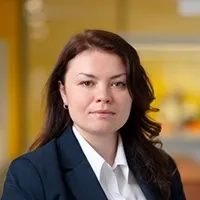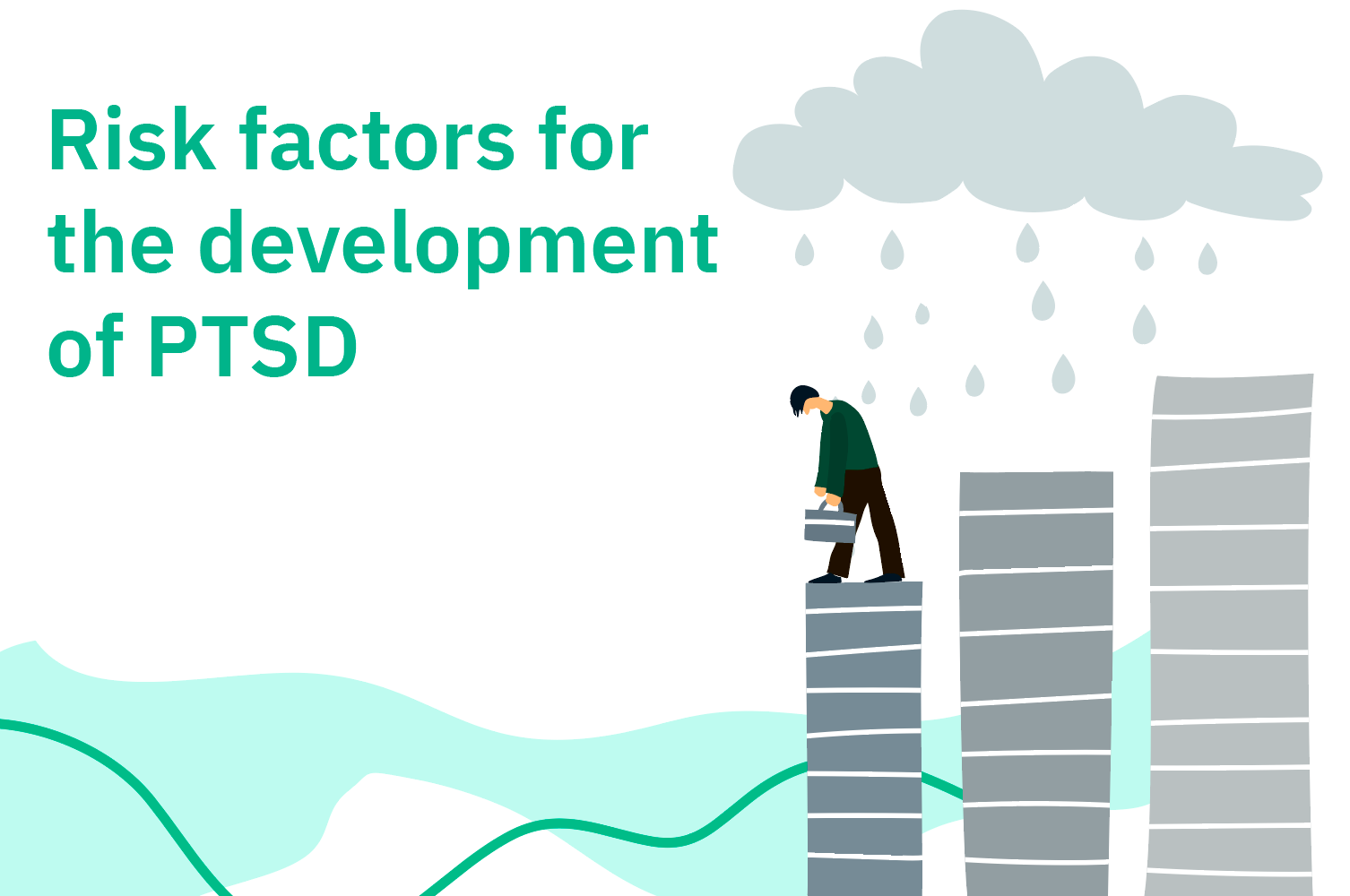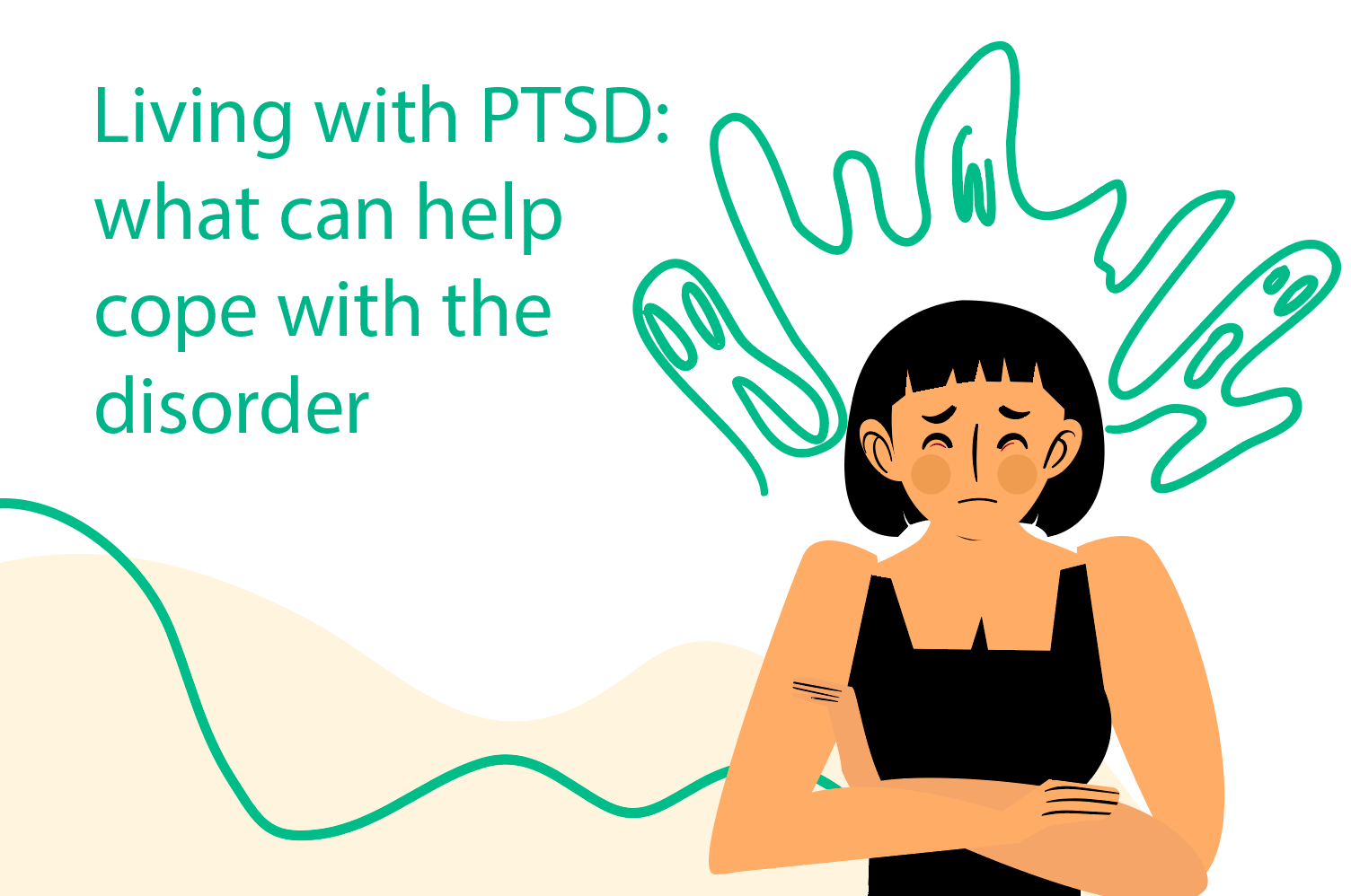
- Home
- PTSD: information for patients
- Complex PTSD: diagnostics and treatment

Complex PTSD: diagnostics and treatment
In this article we will look at complex PTSD (C-PTSD): what it is, how it can be diagnosed and how it can be cured.
Complex posttraumatic stress disorder: what it is
In other articles of this section, we were talking about PTSD. Now let’s talk about complex PTSD. Among the disorders associated with stress there are two different related conditions: posttraumatic stress disorder and complex posttraumatic stress disorder. Such terms are also recorded in the International Classification of Diseases (ICD-11).
Both, PTSD and C-PTSD are the result of experiencing something deeply traumatic. These disorders can cause repeated experiences (flashbacks), nightmares and insomnia. They can provoke strong fear and a sense of danger, even if it has passed. We talked about risk factors for the development of PTSD earlier.
The causes of complex PTSD may include prolonged or repeated contact with traumatic events, for example:
- Repeated exposure to disasters, accidents, deaths or violent actions (including workers of the emergency service).
- Child abuse or neglect.
- Frequent necessity to communicate traumatic news to others, for example, doctors.
- Living under serious threat for a long period.
- Being forced to be a sex-worker.
- Domestic violence.
- Being part of a cult.
- Having to witness constant abuse or violence from others.
- Regular and repeated influence of verbal, emotional insults or threats.
- Continuing exposure to bullying.
- Kidnapping, being taken hostage.
C-PTSD and PTSD: main differences
Despite similarities, there are characteristics that differentiate complex PTSD and PTSD.
- The main difference between these two disorders is how often there happens a contact with the trauma that caused a disorder. If PTSD is usually caused by a single traumatic event, C-PTSD is caused by multiple, long-term, repeated or continuous traumas.
- The course of PTSD is usually less severe than C-PTSD.
- The definition of C-PTSD describes more complex reactions characteristic of people who have been experiencing chronic trauma.
- PTSD and C-PTSD have very similar symptoms, but C-PTSD also has 3 additional categories of symptoms: difficulties with emotional regulation, impaired self-esteem, and interpersonal problems.
Complex PTSD: diagnostics
Symptoms of complex posttraumatic stress disorder can be different and change over time.
If you notice any of these symptoms in yourself or your family over a long period of time, then these may be signs of C-PTSD (though people with PTSD may also experience the same symptoms):
- Difficulty controlling emotions. People usually lose control over their emotions, which can manifest as explosive anger, constant sadness, depression, and suicidal thoughts.
- Brooding over an offender. They often focus on the offender, relations with him or revenge.
- Negative worldview. C-PTSD can force a person to perceive themselves in a negative light. They may feel helpless, guilty, or ashamed of themselves. They often have a feeling of being totally different from other people and there is no hope that someday everything will change for the better.
- Difficulties in relationships. Relationships can suffer due to difficulties trusting others and a negative attitude towards oneself. A person with C-PTSD can avoid relationships due to mistrust.
- Detachment from trauma. A person can disconnect from himself (depersonalization) and the surrounding world (derealization). Some people can even forget their trauma, but this does not mean they don’t have these symptoms.
- Losing one’s system of values. This may include the loss of one’s basic convictions, values, religious faith, or hope for peace and other people.
At the link below you’ll find a PTSD checklist.

Therapy of C-PTSD
Treatment of complex posttraumatic stress disorder usually includes all elements of standard PTSD therapy: psychotherapy (eye movement desensitization processing and trauma-oriented cognitive-behavioral therapy) and drug therapy.
Sometimes there is additional work done in the following emotional spheres:
- strong emotions management;
- creating relationship based on support;
- work with a feeling of guilt and worthlessness.
This may be of special significance if there was an early childhood trauma, for example, cruel treatment of children. It’s because of this trauma that you might have never learnt to trust other people or feel safe.
C-PTSD influences people suffering from it at a much greater scale than they think. This occurs due to the fact that C-PTSD is intertwined with their fundamental understanding of themselves and the world around them.
In other words, while getting cured from C-PTSD people are building a new foundation, stability and securing for themselves, and learning to manage their emotions. They are discovering that relations can be safe and dependable.
C-PTSD, as well as PTSD, need to be cured, that’s why visiting a specialist is the first and very important step to recovery.
Sources:
- Frequently Asked Questions
- C-PTSD has the following additional signs: difficulty managing emotions, impaired feeling of self-esteem and interpersonal problems.


